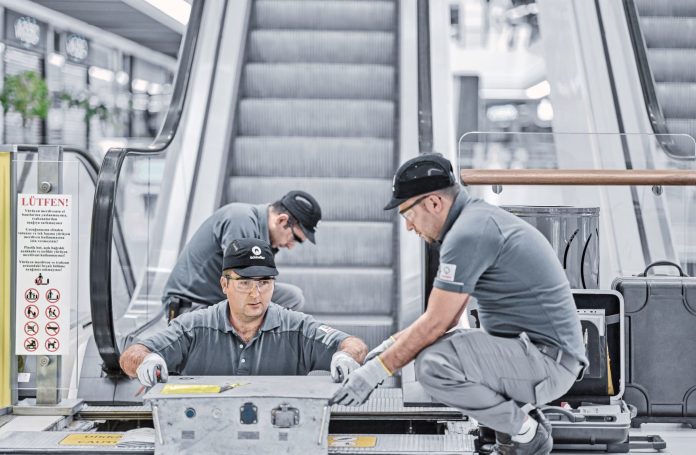The Industrial Internet Consortium (IIC) has announced results from a pair of testbeds investigating, alternatively, artificial intelligence (AI) for smart buildings management and ways to connect up old factories to new smart manufacturing tools.
In the first case, Dell EMC and Toshiba have developed an application to run deep learning techniques on an IoT platform to optimise asset utilisation in smart buildings. Its testbed, at a Toshiba facility in Kawasaki, in Japan, analyses 35,000 data points per minute, detects anomalies, and programmes building functions like elevator scheduling and temperature and lighting controls.
Bespoke anomaly detection systems for buildings are expensive, noted the IIC. The testbed application is designed for any building set-up, learning each facility’s normal conditions with data from many sensors. In the Kawasaki experiment, Dell EMC and Toshiba were able to determine anomalies, locate faulty devices, and issue alerts to maintenance staff.
Ken Hatano, a specialist in deep learning at Toshiba, said: “IoT is an important enabler for energy efficiency, but a large building complex requires thousands of sensors to track ambient conditions, traffic flow and occupancy. Buildings also have HVACs, fans, lights and elevators that consume energy. Monitoring all of these sensors and assets is no small task.”
Said Tabet, lead technologist for IoT at Dell EMC, said: “IoT system for smart buildings will maximise the value of big data collection through deep learning analytics. A smart building will improve operational efficiency, reduce maintenance costs and maximise the use of assets.”
Meanwhile, the smart manufacturing testbed for brownfield sensors was run by TE Connectivity and SAP, with support from the OPC Foundation and German electronics firm ifm. The group developed a solution to connect sensors attached to “decades-old manufacturing facilities”, or ‘brown-fields’, to an IT system using existing infrastructure, without affecting real-time operations.
The testbed scenario substitutes the I/O module that connects sensors to ‘programmable logic controllers’ (PLCs) in automated factory set-ups with a Y-Gateway which re-uses the existing physical cabling, explained the IIC.
“The Y-Gateway supports the easy integration with IT systems by using a consistent OPC UA data model for IO-Link sensors which is currently being standardised by a joint working group of the IO-Link Community and the OPC Foundation.
“Data is transferred to the enterprise IT over OPC UA and further processed in either Manufacturing Data Objects in SAP Manufacturing Integration and Intelligence (SAP MII) or SAP Cloud Platform.”
Michael Hilgner, manager for consortia and standards at TE Connectivity, said: “In discrete manufacturing, the real-time manufacturing sub-systems are generally managed by PLCs that make use of data provided by various sensors.
“However, PLCs in most brown-field facilities are outdated and can’t handle more work beyond the original automation task such as processing a high volume of data required for added value services. So we replaced the existing I/O module with a Y-Gateway to pull sensor data from real-time control systems and sent it directly to IT systems via an additional channel.”
Erich Clauer, vice president of industry standards and open source at SAP, commented: “Being able to exchange information between the shop floor and IT systems offers many benefits to manufacturers, including monitoring, controlling and simulating manufacturing processes.
“Advanced analytics helps to optimise processes, minimise consumption and reduce downtime. In particular, machine learning algorithms require a high volume of data to reduce the teaching time and to generate reliable models.”

